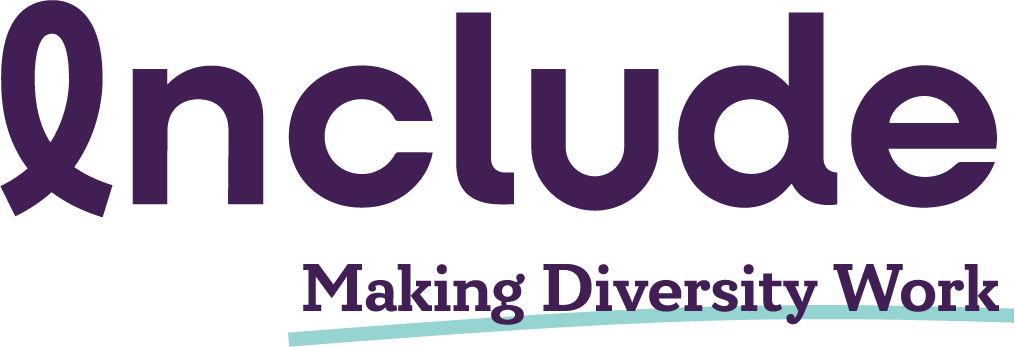Disability is continuing to gain importance for organisations focused on DEI and accessibility. In fact, some organisations have added an A to DEI, to represent their endeavours to be more accessible.
Despite good intentions, and lots of progress, only a few are hiring Accessibility Officers and many organisations still get stuck with labels. Why and how to overcome these challenges?
The issue with labels
The most common approach to disability is the medical model, which views disability as a problem to be fixed, considering it as a fault of the body. Similarly, psychology and therapy mostly aim at making people ‘functioning’ members of society.
However, disability rights activists and academics have heavily criticised the medical model, leading to the emergence of the social model of disability. According to this model, disability is a construct influenced by the environment.
For instance, the social model would examine whether stairs create the perception that someone in a wheelchair is disabled. If stairs were entirely removed, would that person still be considered disabled?
Recognising the complexity of the issue, let’s step back and delve into some background.
Tracing the labels’ roots
Disability used to be linked to moral and spiritual failings, but during the Enlightenment and the rise of capitalism, it shifted to be understood through scientific measurements and norms. Disability came to be seen as something impacting an individual’s ability to generate value.
This leads us into a system that pushes constant improvement and engaging with the medical model to minimise the impact of disability on our perceived value. The pressure to be constantly better versions of ourselves raises the question of whether the scope of “unable to” is expanding while that of “able” is shrinking.
It’s important to note that describing disability as a socially constructed identity isn’t meant to devalue or diminish the experiences of disabled individuals or those with disabled bodies.
Stretching labels: debility
Traditionally, we tend to view disability as a fixed state that occurs due to an injury, illness, or birth. A person is either disabled or able-bodied, with the disability arising from a specific event.
The abled/disabled binary is influenced by how we perceive and measure health, wellness, ability, and capacity. This binary understanding of disability excludes individuals who don’t fit into these rigid categories.
Between the disabled/able binary lies a liminal state called debility. Bodies experiencing debility and incapacity may not be legally or medically classified as disabled, yet they don’t fully experience an able-bodied state.
Certain conditions like Autism Spectrum Disorder (ASD) or visual impairment, are recognised as disabilities, while others, like Attention-Deficit/Hyperactivity Disorder (ADHD) are not. The classification is not always clear-cut.
Moreover, the concept of low functioning and high functioning conditions adds complexity, indicating varying levels of ability. For instance, autism exists across the low and high functioning spectrum.
However, the issue arises when neurodiversity is not treated as a separate category from disability. Consequently, autism might be considered an eligible condition for employment, while other neurodivergent conditions are not. This raises questions about the reasons behind such distinctions.
Considerations for workplaces
Here are some actions that can help prevent our approaches to disability from being exclusionary:
Providing Workplace Accommodations: Avoid putting employees in the uncomfortable position of having to disclose their disabilities when requesting reasonable accommodations. This can perpetuate the medical model in the workplace. Instead, provide a list of accommodations that employees can opt-in to without disclosing specific conditions. Empower employees to choose the accommodations they require, rather than having the employer provide them based on medically defined conditions.
Collecting Information and Data: When gathering information about disability through surveys like employee engagement or recruitment diversity surveys, consider if your categories are strictly based on legal and medical definitions. Be mindful of potential exclusions of individuals who may not fit within those rigid categories. Use language that is inclusive and sensitive to how someone without a legally or medically defined disability might interpret it.
Supporting Employee Health and Wellbeing: Insurance premiums often do not cover pre-existing conditions, which extends beyond disabilities. To ensure employees receive the necessary healthcare benefits, consider implementing informal employee health programs that cover aspects not captured by insurance coverage. For instance, offering anonymous HIV testing can be a valuable addition.
We can always create a more inclusive and supportive environment for employees, regardless of their disability, or debility, status. It’s a journey and things move fast in the disability and ability dimensions, so stay tuned on INCLUDE for more on the latest trends.






